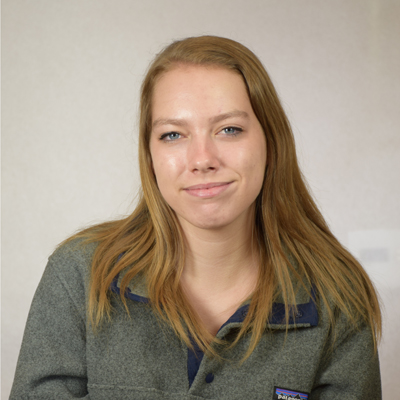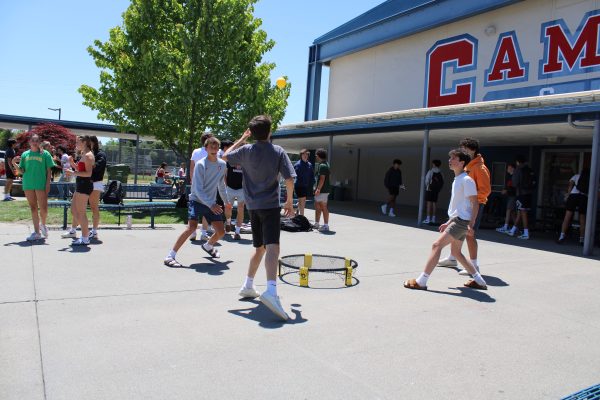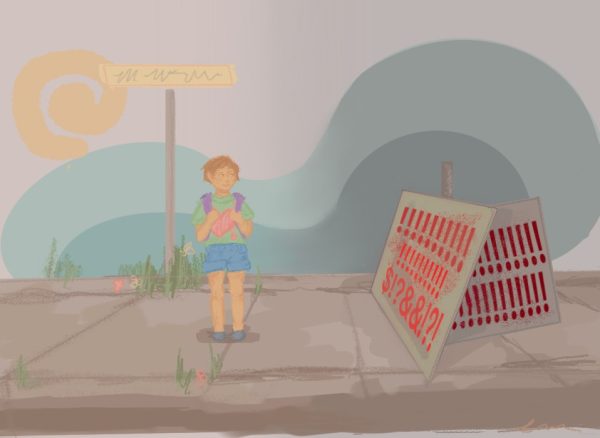Block Proposal Proceeding Amidst Controversy
October 31, 2016
The teachers’ union approved, by a majority vote on October 26 and 27, a memorandum of understanding regarding intervention periods, a specific component of a block schedule proposal that is currently being developed by the district.
A “simple majority” of teachers across the district approved the MOU, so the governing board will now vote to approve intervention periods, said social studies teacher Tom Renno.
The AUHSD governing board approved a proposal to develop a block schedule for the district, put forth by a task force of students, teachers, parents, and district personnel, last June. Superintendent John Nickerson presented the proposal to the board.
“[Block scheduling] is not seen as a change in work conditions for the teachers, yet my understanding is that the district could not enforce those intervention periods within that schedule. So there is an attempt to try to negotiate an agreement for a change in working conditions between the district and the teachers,” said Renno.
Principal John Walker said that a district-wide initiative to “look at the school day schedule” and investigate the potential of block scheduling began formally last year with a district task force. Separate schedule and intervention committees were then created.
“There was a task force last year that any teacher could be a part of, and the task force looked at whether or not to move to block schedule, and at the end of our study we did vote that we should move to block schedule. It was a limited group of teachers, but anybody was allowed to participate if they wanted,” said social studies teacher Diane Bessette.
“The problem is, if we’re going to get into union issues, [the vote on block scheduling] went to the board before it came to the rest of the teachers who work on the committee. We never got to vote on it as a body of teachers. A lot of the members were upset that we didn’t really have a chance to say if we were interested or not,” said math teacher Ken Ingersoll.
At the end of last year, the schedule committee recommended a “1-4” school week schedule to Nickerson. According to Bessette, Monday will be an “anchor day” with a traditional schedule and Tuesday through Friday will be “long blocks and they will alternate.” 2 days will begin at 8:30, and lunch will be pushed back to 12:30.
“We’re still in the design phase, but the prototypes have been taken to the school board. The school board will make the final decision,” said Walker. “All of the prototypes have increased time for teacher collaboration, and all of the prototypes have time for intervention.”
Twice a week, an “intervention” period or tutorial/academy period will be held as “time that teachers and students would have to do makeups and to get extra help if you aren’t understanding a certain concept or you miss class,” said Bessette.
“Part of the negativity that a group of teachers have across the district is one: it’s a definite huge change in the process of how our day goes about, but two: there’s a supposed tutorial-intervention-prep idea. Some teachers are hearing right away that the prep periods that they’re allowed and they’re given and it’s contractual are now gonna be maybe invaded with tutoring responsibilities or helping student responsibilities when really that should be a time for teachers to make sure they’re delivering instruction and material correctly in the classroom,” said Ingersoll.
Renno said that, to his understanding, prep time would remain roughly equivalent. “The intervention period is not going to be held during teacher prep periods. It will be held twice a week built into the student schedule, so kind of like reading period now. We will just have 2 blocks of time for this intervention period,” he said. “Students and teachers will get to determine where students go. If you are tagged for needing help in an area, or that you need to make up a test, a teacher can request you work in their room. But for the vast majority of students, they should be able to select how they are using their time.”
“The intervention period, whatever that will look like, will hopefully allow us some time to try to help students who aren’t understanding at a high level, but there are some general concerns regarding its implementation and effectiveness,” Renno said.
“We have very smart teachers on campus,” Ingersoll said. “Bottom line is they’re like, ‘how can I possibly be for this if I don’t know how it’s going to affect my workday?’ If there is negativity for [block scheduling,] it’s because there’s so much unknown about what it’s going to look like. I can’t judge it either way. All I can say is it’s a good idea to open up more venues to help students, but, because the faculties don’t know what that’s going to entail, there’s trepidation.”
Vice principal Karen Findlay, a member of the intervention committee, said intervention periods will “allow students to get the help they need without giving up a lunch or coming in extra early in the morning.”
In regard to where students will be during the period, Findlay said the district hasn’t “ironed that out yet specifically,” but that students could be in the library.
This uncertainty concerns some teachers, said Ingersoll. “One group has to go to the student center, one group has to go to the gym, one group has to go to the library – that’s an impact in all of those areas. It’s almost like corralling kids. And once you realize you’re going to be stuck in the gym every single tutorial period, you’re going to find a classroom you want to go get tutored in, and then there’s going to be an impact on teachers. So what if one teacher gets 30 kids and another teacher gets none? Is that equitable?” he said.
Nickerson and associate superintendent Amy McNamara have been visiting district schools for the past few weeks and answering teacher questions in an effort to provide clarity. “[Block scheduling] was a joint decision. It’s the input we get from everybody; it really is,” Findlay said.
There was a “strong student voice” on last year’s committee, according to Walker.
However, junior Tanya Zhang said that “only 2 student reps showed up consistently” to last year’s meetings.
Many students were unaware a change was even in negotiation, as a formal announcement was never given. “They didn’t ask the students [about if we wanted a block schedule.] I don’t think we’re going to get anything done [in class] and they’re going to assign it all for homework. I’m annoyed that the district just kind of made the decision; there were plenty of students who were like, ‘this sucks,’ and they didn’t really consider our opinions,” said junior Fiona Deane-Grundman.
Ingersoll said that student fear regarding block scheduling comes often from a misunderstanding of how lessons will be structured. “People say, ‘are you just going to double everything up?’ No. We’re not. That’s not how it’s gong to work. For instance, in the new geometry book, they talk about how relationships between lines and a transversal that crosses them. That section is one section, but I ended up talking about the next section because I felt like it should have been in that section. So essentially what you do is you look for opportunities to blend sections in the most adhesive ways for learning opportunities,” he explained.
According to Ingersoll, no “demonstrative or clear data” exists on the effectiveness of block scheduling in reducing student stress or increasing student performance. “It’s almost on observational information, which can have a lot of confounding (extraneous) variables, if you’re speaking statistically,” he said.
“I think like most things in life there are going to be some benefits and some drawbacks to block scheduling. From the discussions we’ve had, going to a block is hopefully going to decrease student stress, but at the same time the studies have shown that there’s not much evidence that student learning increases,” Renno said.
Walker said Campolindo might participate in a trial run this spring to “get a sense of how it feels.”



